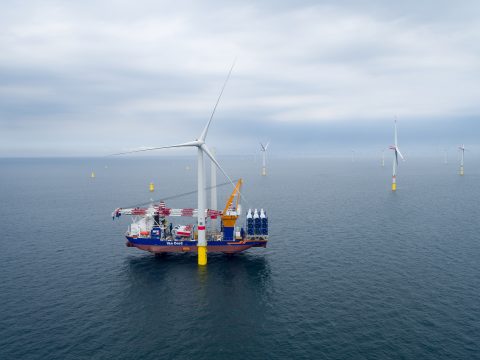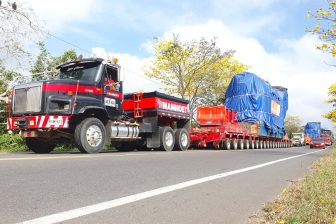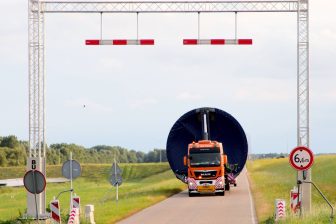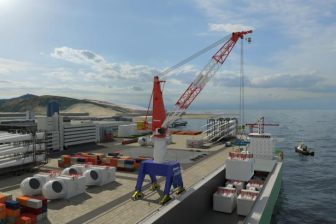
Logistical challenges and supply bottlenecks push Vestas into red
Logistical challenges and supply chain bottlenecks have negatively impacted Vestas’ profits but despite the Covid-19 pandemic, global demand for wind energy remained strong in the first quarter of 2020, says Vestas CEO Henrik Andersen.
The Danish wind turbine manufacturer reports a 29% year-on-year increase in revenue, amounting to more than 2.2 billion euros. However, the execution of low-margin projects and increased execution costs as a result of the pandemic resulted in an operating loss before special items of 54 million euros, compared to a profit of 43 million euros last year. The net profit decreased from a profit of 25 million euros in 2019 to a loss of 80 million euros now.
New firm wind turbine orders amounted to just over 3.3 GW, with the company’s order backlog totalling a value of 15.9 billion euros as at 31 March. In addition to the wind turbine order backlog, Vestas has service agreements with expected contractual future revenue of 18.2 billion euros, resulting in a combined backlog of 34.1 billion euros, up 5.8 billion euros compared to last year.
“In line with our expectations, our EBIT margin in the first quarter was negatively impacted by the delivery of low-margin projects, while we also incurred increased execution costs from logistical challenges and supply chain bottlenecks, which were further amplified by the pandemic”, says Vestas CEO Henrik Andersen. “Across the company, we have done well to ensure business continuity during the pandemic, but the uncertainty around the full-year impact prevails, and our guidance therefore remains suspended”, he adds.
Halting projects
Vestas recently announced that it is stopping some projects and reducing its workforce in response to the pandemic. 400 employees primarily in the facilities in Aarhus and Lem will be laid off because technology projects driven from those locations are being stopped.
Additionally, Vestas’ temporary facility in Viborg, which was established to serve specific projects from MHI Vestas Offshore Wind, will be closed and the executive management team has agreed to salary cuts of 10%.
“It’s always difficult to say goodbye to good colleagues and the timing for these decisions is never good, but our responsibility is to strengthen Vestas for long-term success”, Andersen said at the time of the announcement. Following this decision, Vestas employs more than 25,500 people globally and around 4,000 in Denmark.



